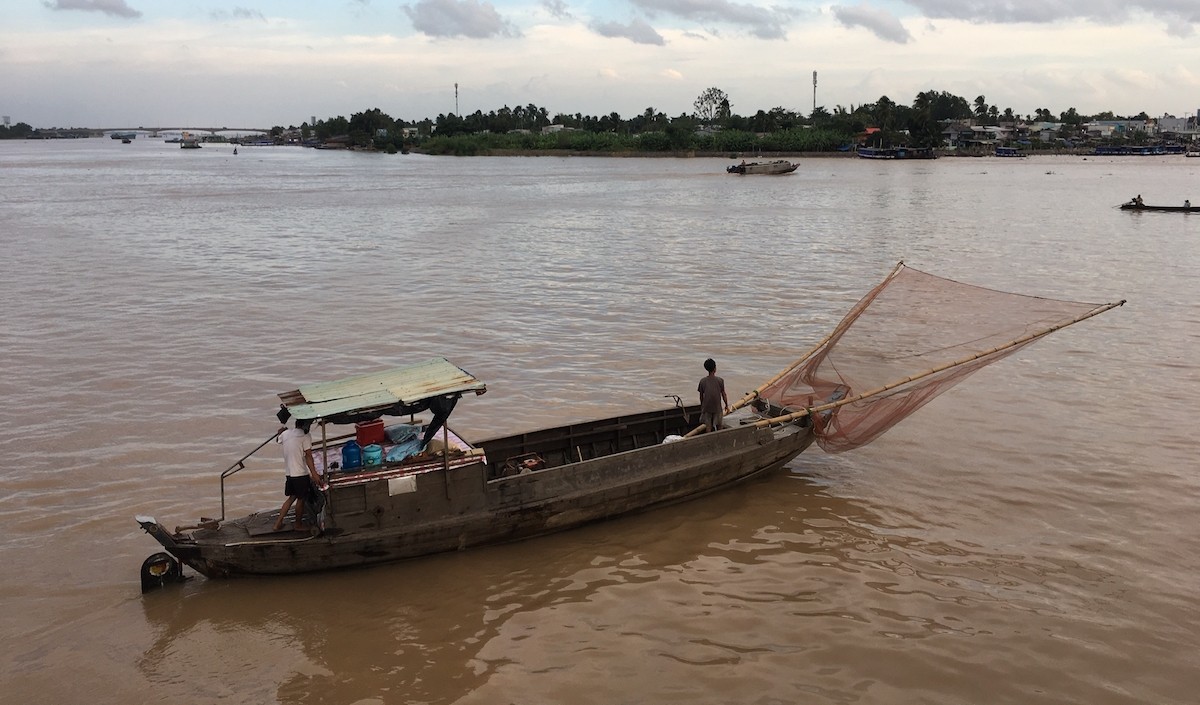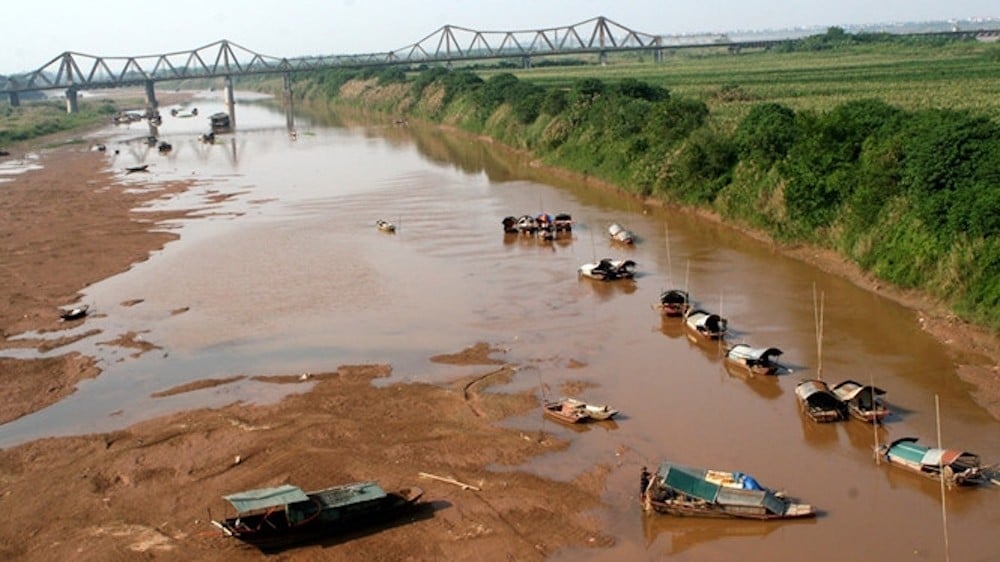The National Parks, Wildlife and Plant Conservation Department is exploring opportunities to work with its partners in neighbouring countries to step up efforts to protect national parks with transboundary features.
Tag: cooperation
Laos, Vietnam speeding up oil pipeline project
Lao PM Thongloun Sisoulith and his Vietnamese counterpart Nguyen Xuan Phuc agreed to accelerate the project during the former’s visit to Hanoi earlier this month.
The Future Shape of Mekong Cooperation
A closer look at the paths ahead for the Mekong River Commission.
Asean to give infrastructure a big push
ASEAN governments are set to speed up implementation of large infrastructure projects by taking advantage of the fast growth and the ample liquidity in the global financial market.
China’s lack of cooperation causing problems for Vietnam’s water resources programming
According to the Ministry of Natural Resources and the Environment (MARD), the total area of the entire Red-Thai Binh River basin is 169,000 square kilometers, of which 86,700 square kilometers, or 51.3 percent, belong to Vietnam, 81,200 square kilometers (48 percent) to China and 1,100 square kilometers, or 0.65 percent, to Laos.
Tong Ngoc Thanh, director of the National Center for Water Resources Planning and Investigation (NAWAPI), said at a workshop held recently that since China was uncooperative, and that it was difficult for Vietnam to get information for development programming about the water source in the upper course belonging to the Chinese territory.
China Focus: Lancang-Mekong cooperation enriches countries along the river
A border railway station which has been in existence for more than 100 years in southwest China’s Yunnan Province got a new lease on life last year after having been left desolate for a decade.
The cargo train via Shanyao Station on the China-Vietnam border hit the buffers in 2013 and was suspended for a while. The service has since resumed and is now busier than ever.
A railway linking Kunming in Yunnan province and the border with Vietnam opened in December 2014 and the following year 366,400 tonnes of cargo — iron ore, sulfur, fertilizer and so on — flowed from China into Vietnam via Shanyao, over 100 times more than the year before. Already this year, 89,700 tonnes of goods have gone the same way.







